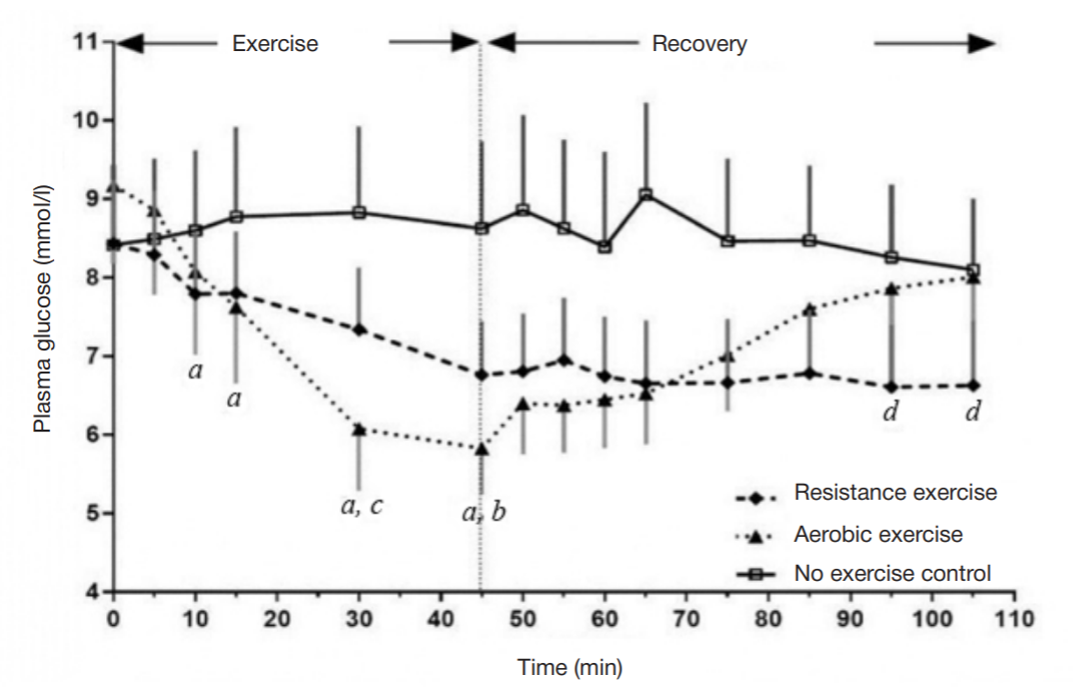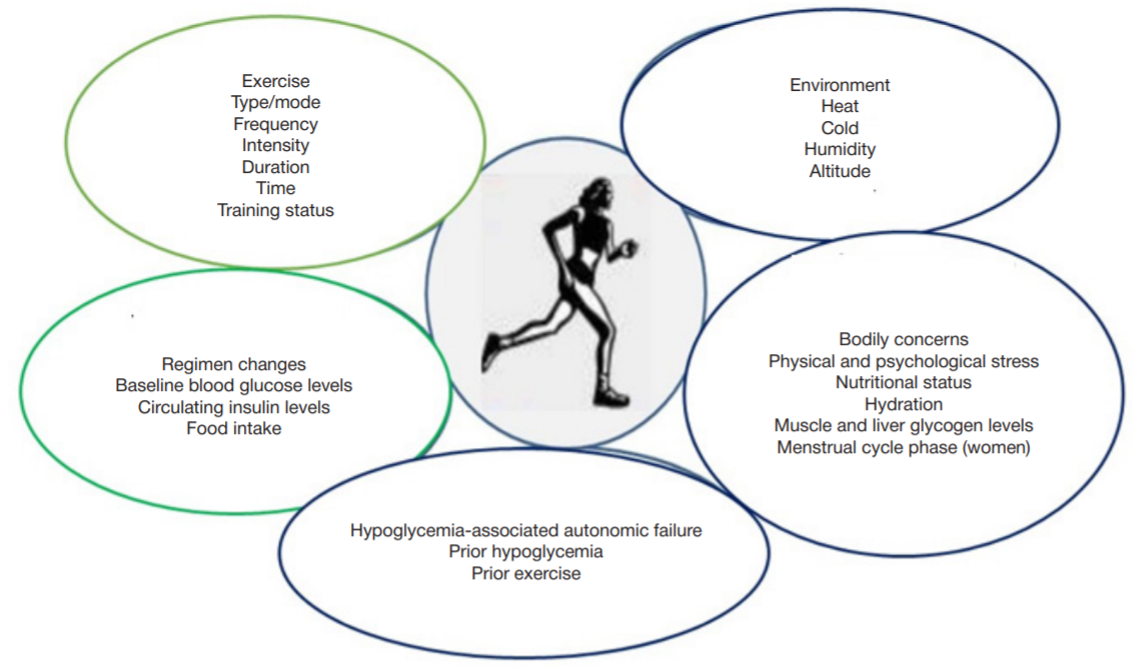
This article is an open access article distributed under the terms and conditions of the Creative Commons Attribution license (CC BY).
REVIEW
Diabetes mellitus management strategies in athletes
1 Federal Research and Clinical Center for Sports Medicine and Rehabilitation of the Federal Medical Biological Agency, Moscow, Russia
2 Office of the Sports Medicine Organization and digitalization of the Federal Medical and Biological Agency, Moscow, Russia
3 Pirogov Russian National Research Medical University, Moscow, Russia
Correspondence should be addressed: Anna A. Pavlova
Bolshaya Dorogomilovskaya, 5, Moscow, 121059; moc.liamtoh@avolvap_rd
Funding: the study relied on the financial support released under the State Assignment No. 67.003.20.800 issued by the Federal Medical Biological Agency of Russia.
Author contribution: Dergacheva LI — significant contribution to the study conceptualization, data collection, content analysis, text authoring; Derevoyedov AA, Parastayev SA — critical review of the content, approval of the final version of the article; Vykhodets IT — approval of the final version of the article; Pavlova AA — text authoring, manuscript formalization.


